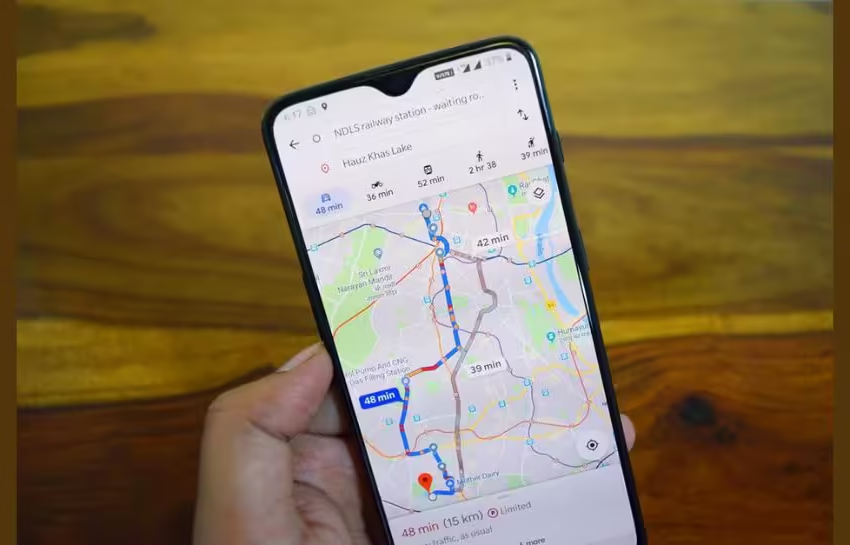Difference Between Frontend And Backend
Basically, the terms frontend and backend are used in information technology in connection with the separation of layers. This refers to the division of software, websites, and so on into two specific sub-areas. Thus, the front-end and back-end can be considered to a large extent to be part of the field of IT design. Front End React Developer covers a range of issues related to the visual experience of sites and applications. Frontend and Backend are related but perform different tasks.
Frontend Visualizes Internal Processes
Among other things, the so-called graphical user interface (GUI) is described as an external interface. This applies to both home pages and software applications or computer games. What is the key task of the GUI? An interface close to the user (the one that a person sees when launching a page of a site or application on his smartphone) takes over the visualization of the internal processes of the program or website. The interface displays content and translates the source code into a readable for everyone. Therefore, the user sees not tons of code, but only an attractive picture and rarely thinks about how everything works on the site as a whole.
Impact On Conversion Rates Through Front-end Development
As far as websites are concerned, the frontend can be extended with various functions using:
- CSS
- JavaScript;
- and other languages.
And the graphical representation can be modified according to your own requirements. In addition, it is necessary to take into account the interests of the audience, behavioral factors, the ultimate goals of creating applications / sites. Front End Developer must understand what will be faced when developing an application for specific tasks. So, the visual part can be decorated in a strict style and restrained colors. But at the same time, such a visual part is clearly not appropriate for the design of online stores of children’s goods and so on.
Additional Factors Influencing The Conversion
In addition to all the modifications, it is possible to optimize the conversion rate of the website in the front-end area at the same time. You can influence such factors in the interface as:

- Page load time;
- Website availability;
- Offer filtering and search functions;
- Good user guidance through page navigation;
- Clear and easy communication of information;
- Database interface.
In many CMS systems, the front-end can also be supplemented with additional templates. For example, with SEO templates, the front-end also goes a long way in search engine optimization.
Even databases that usually run mostly in the background, i.e. invisible to the user, usually have an interface. Because here, too, it is usually necessary to display the content of the databases for users.
Background Area – Backend
Unlike the front end, the back end of the home page or software is not displayed to the user. It runs in the background. In the inner area, data is processed that is displayed or entered in the web interface.
In the case of websites, usually only administrators have access to the back end. Here you can:
- change settings;
- expand functions;
- manage data processing.
This is a kind of backyard of the site, which is not visible to every passer-by.
Close Connection Between Front And Back
On other systems, the back end is often the database server. Everything that is executed in the system in the background and, if necessary, displayed graphically and in a user-friendly form through the interface part, falls into the area of the server part. In either case, the front-end and back-end of an application or website are linked to each other. The backend always supports frontend elements.
The main difference between external and internal development is the implementation mechanism. One thing can be said in the affirmative – both types are necessary and used in practice.




